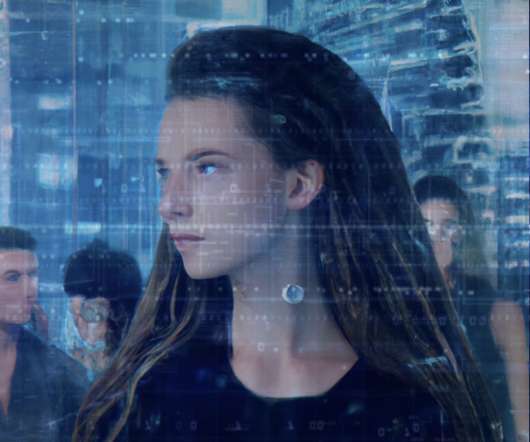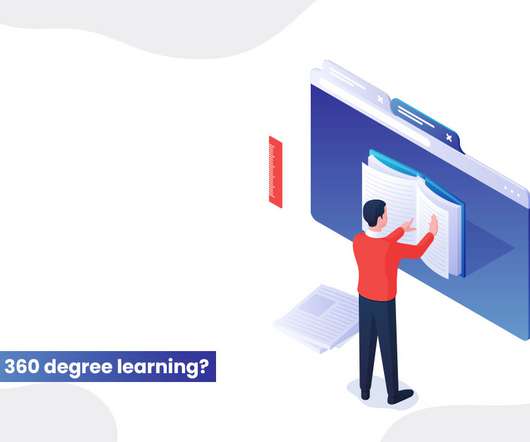Empower Learners for the Age of AI: a reflection
Dr. Simon Paul Atkinson
DECEMBER 18, 2022
But beyond the hype and enthusiasm there are enormous strategic policy decisions to be made, by governments, institutions, faculty and individual students. Like any technology, AI also has its disadvantages and limitations. I want to unpack these from three different perspectives, the individual student, faculty, and institutions.











Let's personalize your content